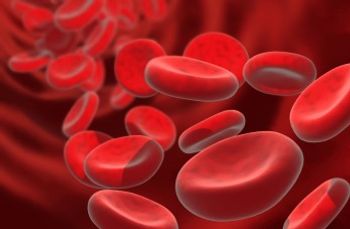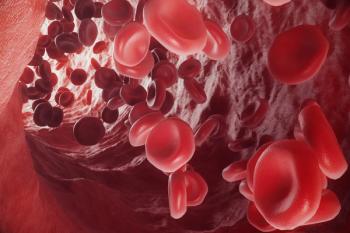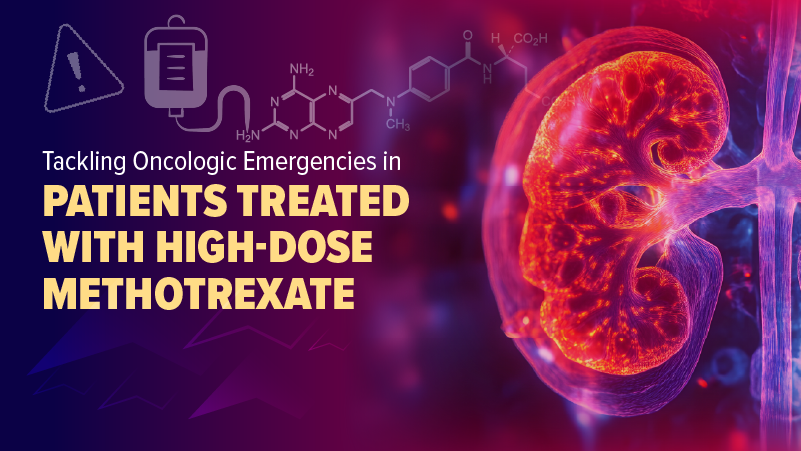
- Oncology Vol 30 No 4_Suppl_1
- Volume 30
- Issue 4_Suppl_1
(S030) Impact of Adjuvant Radiation Therapy on Overall Survival of Stage I Endometrial Cancer in a Large Hospital-Based Cohort
Using a large hospital-based dataset, adjuvant RT was associated with improved OS for patients with stage IB endometrial adenocarcinoma.
Andrew T. Wong, MD, Joseph Weiner, MD, Joseph Safdieh, MD, David Schwartz, MD, David Schreiber, MD; Department of Veterans Affairs, NY Harbor Healthcare
BACKGROUND: Two randomized trials have demonstrated a local control advantage in the absence of a survival advantage for the addition of adjuvant radiation therapy (RT) in patients with stage I endometrial adenocarcinoma after hysterectomy. This study analyzed the National Cancer Data Base (NCDB) to evaluate the impact of adjuvant RT on overall survival (OS) of patients with stage I endometrial adenocarcinoma.
METHODS: Patients with endometrial adenocarcinoma who underwent total abdominal hysterectomy/bilateral salpingo-oophorectomy between 2004 and 2011 were queried. Only those with American Joint Committee on Cancer (AJCC) stage pT1N0M0 were included. Patients surviving < 4 months were also excluded, to account for immortal time bias. Adjuvant RT included external beam RT, brachytherapy, or external RT + brachytherapy. OS with or without RT was analyzed using the Kaplan-Meier method. Multivariate Cox regression analysis was performed to assess the impact of covariates on OS.
RESULTS: There were 61,697 patients included. Median follow-up was 48.7 months, and the median number of lymph nodes removed was 12. Most women (83%) did not receive adjuvant RT. Those receiving RT were more likely to be older (median age: 64 yr vs 61 yr; P < .001) and to have higher stage/grade disease (P < .001). The effect of RT was highly dependent on the stage and grade. For patients with stage IA endometrial cancer, grades 1–3, there were no significant differences in 5-year OS with or without RT. However, for those with stage IB disease, adjuvant RT was associated with improved OS. The 5-year OS rates with and without RT were 93.2% vs 88.8% (P < .001), 85.4% vs 82% (P < .001), and 74.8% vs 69.6% (P < .001) for stage IB grade 1, grade 2, and grade 3, respectively. On multivariate analysis, use of adjuvant RT was associated with improved OS (hazard ratio, 0.90 [95% CI, 0.84–0.97]; P = .003).
CONCLUSION: Using a large hospital-based dataset, adjuvant RT was associated with improved OS for patients with stage IB endometrial adenocarcinoma.
Proceedings of the 98th Annual Meeting of the American Radium Society -
Articles in this issue
Newsletter
Stay up to date on recent advances in the multidisciplinary approach to cancer.


















































































